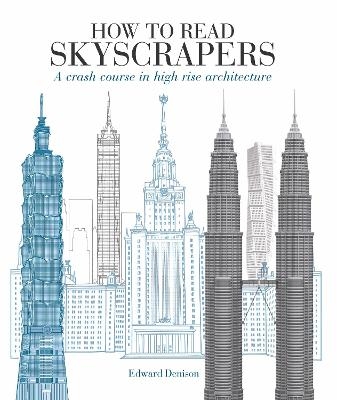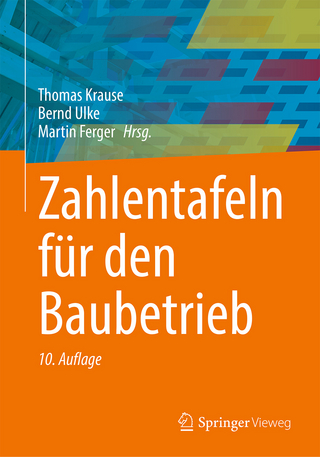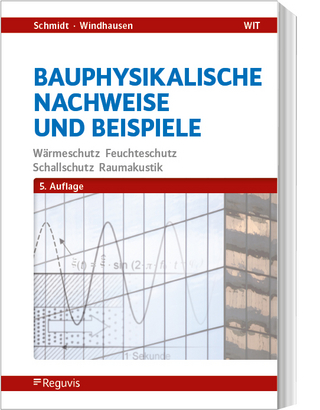
How to Read Skyscrapers
Ivy Press (Verlag)
978-1-78240-649-5 (ISBN)
- Titel ist leider vergriffen;
keine Neuauflage - Artikel merken
Edward Denison is an award-winning design and planning consultant, with an expertise in packaging and sustainable design. He lives in London, UK. Dr Nick Beech an architectural historian with a particular interest in cultures of construction and building. Nick has taught the history, theory and cultural context of architecture at a number of architectural schools in London and Oxford. He is a Lecturer at The Bartlett School of Architecture (UCL) and an independent consultant, writer and photographer specialising in global histories of architecture and the built environment. His work for various international organisations in places as diverse as Africa, China and Europe regularly features in print, electronic and broadcast media internationally. In 2016 he won the RIBA President’s Medal for Research for ‘Asmara - Africa’s Modernist City’ and was very instrumental in the Eritrean capital being included on the World Heritage list in August 2017. Edward specialises in consulting on Urban Development and Cultural Heritage, Architectural Photography, Professional Research, Writing for academic, specialist and public readerships, and Sustainable Design. Nick’s research contends with two broad, open questions of architectural and urban history—what industrial changes occurred in building and architectural practices in mid-twentieth century Britain? How might those specific processes of change illuminate transformations in wider cultural and political dimensions? He has considered these questions in relation to the building industry, architectural profession, and wider cultural and political institutions, of mid-twentieth century London in particular. Nick continues to collaborate with a diverse range and number of scholars, public intellectuals, artists and architects in pursuit of this research.
Introduction
Section 1
1. Building High
a) Mythic
b) Monumental
c) Military
d) Religious
e) Instrumental
2. Birth of the Skyscraper
a) New Materials
b) New Technologies
c) New Services
d) New Urban Forms
e) Motives and Desires
3. The American Skyscraper
a) Chicago Commercial
b) New York Art Deco
c) Corporate
d) Post-modern
4. Skyscrapers Around the World
a) European
b) Indian
c) Chinese
d) Japanese
e) South American
f) African
Section 2
5. Strange Skyscrapers
a) 30 St Mary Axe (London)
b) Al Bahr Towers (Abu Dhabi)
c) CCTV (Beijing)
d) Turning Torso (Malmo)
e) Marina Bay Sands (Singapore)
f) Ryugyong Hotel (North Korea)
g) Elephant Building (Thailand)
h) The Big Bend (USA)
6. Mega Skyscraper
a) Bank of China (HK)
b) Petronas Towers (Malaysia)
c) Burj Khalifa (Dubai)
d) Shanghai Tower (China)
e) Taipei 101 (Taiwan)
f) Tokyo mile-high (Japan),
g) Jeddah Tower (Saudi Arabia)
h) One World Trade Centre (USA)
i) World One (India)
j) Al Noor (Morocco))
7. Skyscrapers of the Imagination
a) Paper Projects (Architecture)
b) Literature
c) Art
d) Music
e) Comics
f) Film
Glossary
Resources
Index
Acknowledgments
| Erscheinungsdatum | 04.06.2019 |
|---|---|
| Reihe/Serie | How to Read |
| Zusatzinfo | 550 |
| Sprache | englisch |
| Maße | 135 x 165 mm |
| Themenwelt | Technik ► Architektur |
| ISBN-10 | 1-78240-649-2 / 1782406492 |
| ISBN-13 | 978-1-78240-649-5 / 9781782406495 |
| Zustand | Neuware |
| Haben Sie eine Frage zum Produkt? |
aus dem Bereich


